
Intermodal Continues Downward Trend
Written by Marybeth Luczak, Executive Editor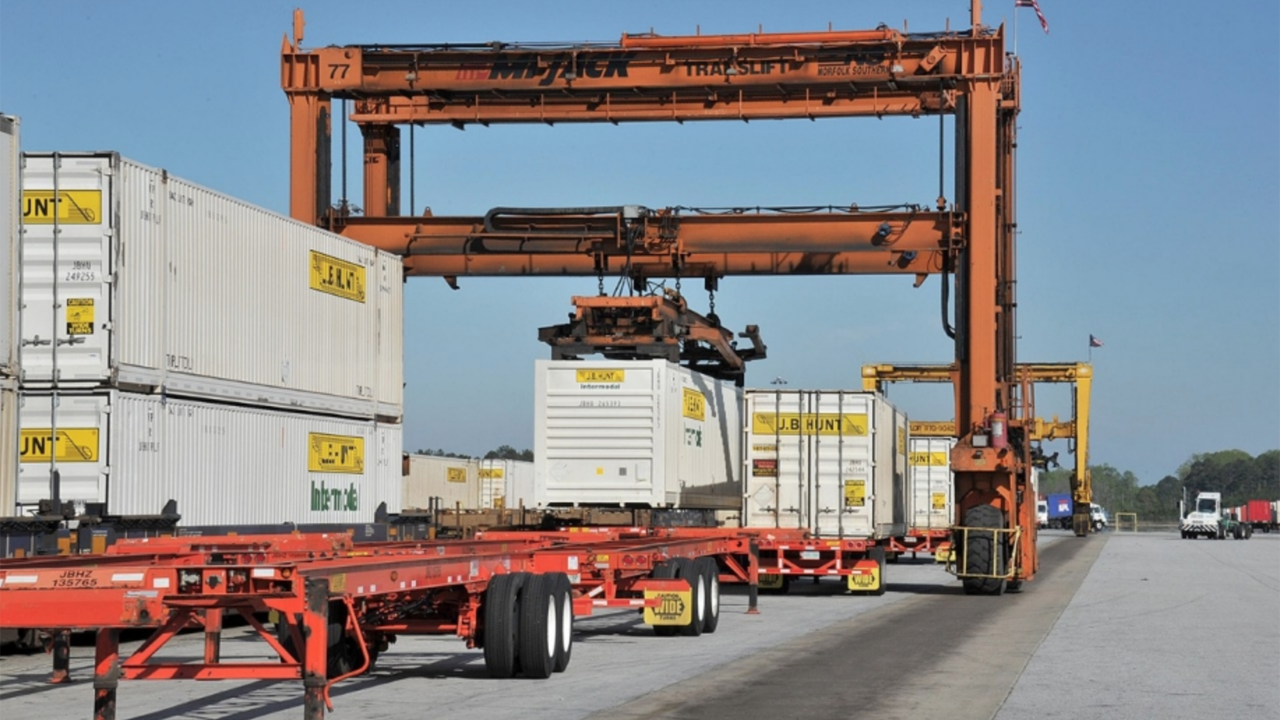
(Norfolk Southern Photograph)
Intermodal slowed in September as consumer consumption continued to switch from goods to services, according to John T. Gray, Senior Vice President of the Association of American Railroads (AAR). The group’s monthly rail traffic report, issued Oct. 5, showed not only an intermodal volume decline of 4.8% from the prior-year period, but also a carload decrease of 1.1%.
“[T]wo underlying factors have helped magnify this [consumer] trend for railroads,” Gray said during the AAR report’s release. “The first is overbuying by many retailers in late 2020 and during 2021 that is now being reflected in substantial inventories of unsold goods that weakens replacement demand. Meanwhile, a slackening of internet buying from its pandemic peak, has softened trailer movements of packaged goods by rail.”
For June, July and August 2022 rail traffic results, which also showed intermodal declines, read: “U.S. Rail Traffic: ‘A Mix of Red, Yellow and Green,’ AAR”; “U.S. Rail Traffic: July Provides No ‘Definitive Evidence’ on State of Economy”; “Rail Traffic Registers Small Weekly, Monthly Gains, respectively.
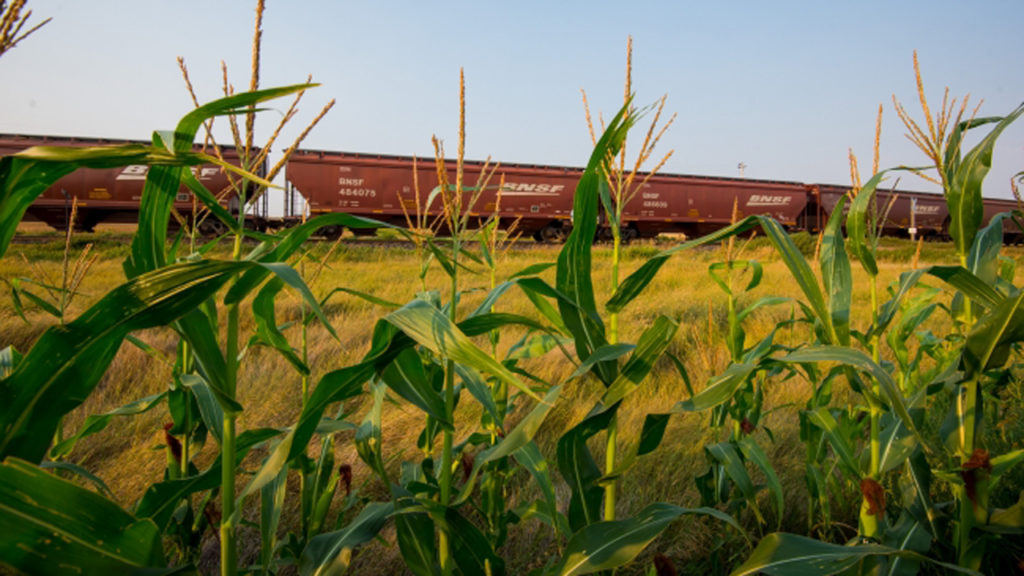
September 2022
According to AAR, U.S. Class I railroads originated 928,590 carloads in September 2022, decreasing 1.1%, or 10,639 carloads, from September 2021; and 1,011,304 containers and trailers, falling 4.8%, or 51,039 units, from the same month last year. Combined U.S. carload and intermodal originations in September 2022 were 1,939,894, down 3.1%, or 61,678 carloads and intermodal units from 2021.
In September 2022, six of the 20 carload commodity categories tracked by AAR each month saw carload gains compared with September 2021. These included crushed stone, sand and gravel, up 8,987 carloads or 11.2%; motor vehicles and parts, up 8,380 carloads or 18%; and coal, up 4,886 carloads or 1.8%. Commodities that saw declines included primary metal products, down 6,341 carloads or 16.6%; all other carloads, down 4,879 carloads or 21%; and grain, down 4,227 carloads or 5%.
Excluding coal, carloads were down 15,525 carloads, or 2.3%, in September 2022 from the same point last year. Excluding coal and grain, carloads were down 11,298 carloads, or 1.9%.
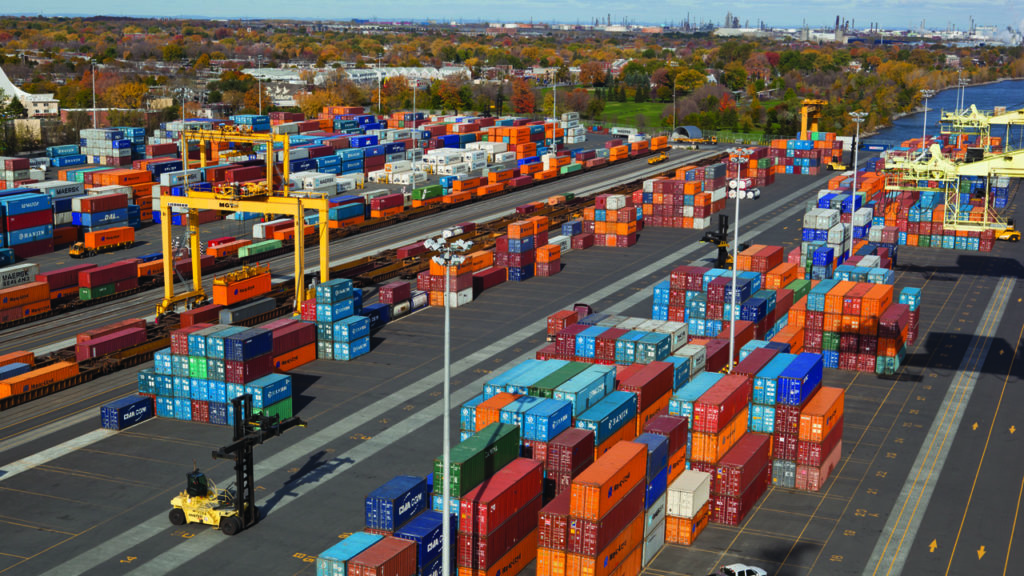
How do the September 2022 rail traffic results compare with those of September 2021, 2020 and 2019? Let’s review:
• “Rail intermodal volume is clearly not what it has been and could be,” John T. Gray noted in AAR’s Oct. 6, 2021, report, which found that September 2021 container and trailer volume dropped 6.7% from the prior-year period. “Keeping intermodal terminals functioning smoothly and at full capacity depends on consistent freight outflows to make room for new freight inflows. Unfortunately, due to limited availability of downstream truck and warehouse capacity, that’s not happening right now with predictable impacts on rail intermodal volume. There is no single solution to this problem, but railroads are bringing intermodal yard capacity back online to increase storage availability as well as working with customers and truckers to accelerate container pickup, among other efforts. At the same time, railroads continue to see improvements in carload business with a variety of industrial goods, including steel, paper, crushed stone and chemicals showing continued progress in September.” In September 2021, U.S. Class I railroads moved 1,167,682 carloads, rising 4.3%, or 47,858 carloads, from the same month last year; and 1,328,527 containers and trailers, dropping 6.7%, or 95,317 units. Total U.S. carload and intermodal originations for the month were 2,496,209, down 1.9%, or 47,459 carloads and intermodal units, from September 2020.
• “September 2020 was the fourth best intermodal month in history for U.S. railroads, as retailers and others restocked their inventories and prepared for the holiday season,” John T. Gray noted on Oct. 7, 2020, as overall U.S. freight rail traffic volume for the month of September dipped a mere 1%, based on a healthy increase in intermodal. “Meanwhile, rail carloads, which don’t include intermodal, remained down in September compared with last year, but showed marked improvement compared to a few months ago, especially if you exclude coal. In the meantime, railroads remain focused on keeping their employees safe while delivering the goods our nation needs.” U.S. railroads originated 1,423,883 containers and trailers in September 2020, up 7.1%, or 94,351 units, from the same month in 2019. They also originated 1,119,546 carloads in September 2020, down 9.7%, or 119,909 carloads, from September 2019. Combined U.S. carload and intermodal originations in September 2020 were 2,543,429, down 1%, or 25,558 carloads and intermodal units, from September 2019.
• “In 2019, railroads are facing multi-pronged challenges,” said John T. Gray on Oct. 2, 2019. “Fundamental long-term structural changes—including the continued erosion of coal markets; growth in the domestic intermodal and chemical sectors; and the current disruptions to manufacturing, agricultural and international intermodal markets stemming from trade uncertainty and the evolution of consumer purchasing practices—have all required adaptation and renewed focus on basic railroad management and operational principles. That said, the industry’s ultimate goal will remain what it’s always been: providing safe, cost-effective transportation that meets the evolving demands of our customers’ markets, now and in the future.” U.S. railroads originated 992,542 carloads in September 2019, down 7%, or 74,172 carloads, from September 2018. U.S. railroads also originated 1,061,483 containers and trailers in September 2019, down 5.9%, or 65,989 units, from the same month in 2018. Combined U.S. carload and intermodal originations in September 2019 were 2,054,025, down 6.4%, or 140,161 carloads and intermodal units, from September 2018.
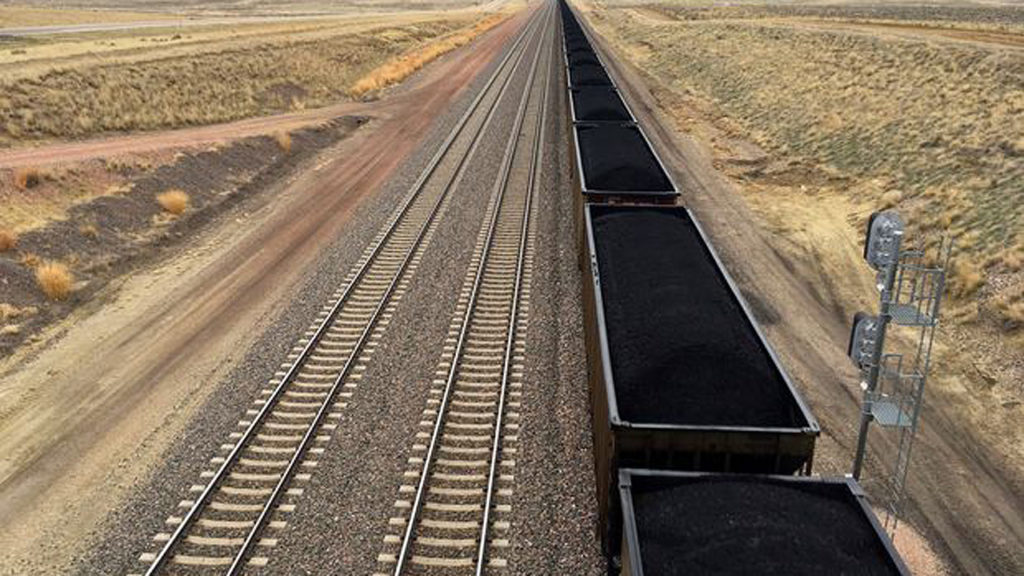
Year to Date 2022
Total U.S. carload traffic for the first nine months of 2022 came in at 9,019,302 carloads, up 0.1%, or 9,791 carloads, from the prior-year period; and 10,259,554 intermodal units, down 5.1%, or 552,271 containers and trailers, from 2021.
Total combined U.S. traffic for the first 39 weeks of this year was 19,278,856 carloads and intermodal units, a 2.7% decrease from 2021.
Week 39 (Ending Oct. 1, 2022)
Total U.S. weekly rail traffic was 495,868 carloads and intermodal units, down 3.9% compared with the same week in 2021.
Total carloads for the week ending Oct. 1, 2022, came in at 234,420, down 3.1% from the year-earlier period, while U.S. weekly intermodal volume was 261,448 containers and trailers, down 4.6% from 2021.
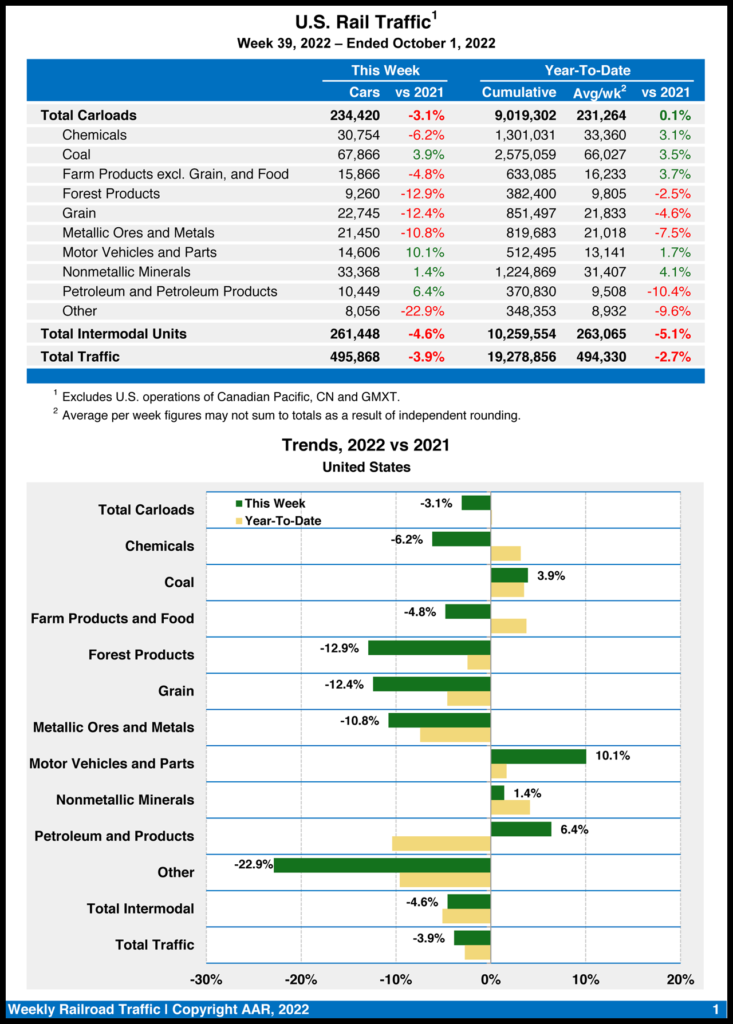
Four of the 10 carload commodity groups posted an increase compared with the same week in 2021. They included coal, up 2,551 carloads, to 67,866; motor vehicles and parts, up 1,334 carloads, to 14,606; and petroleum and petroleum products, up 626 carloads, to 10,449. Commodity groups that posted decreases included grain, down 3,225 carloads, to 22,745; metallic ores and metals, down 2,595 carloads, to 21,450; and miscellaneous carloads, down 2,389 carloads, to 8,056.
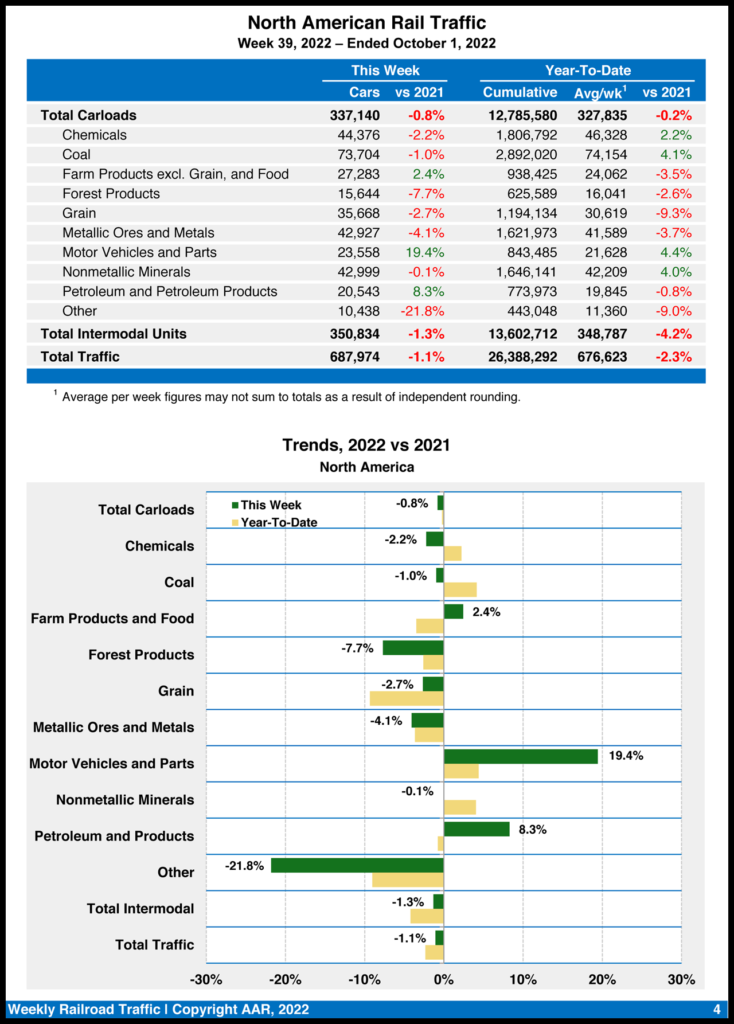
North American rail volume for the week ending Oct. 1, 2022, on 12 reporting U.S., Canadian and Mexican railroads totaled 337,140 carloads, down 0.8% from the same week last year, and 350,834 intermodal units, down 1.3%. Total combined weekly rail traffic in North America was 687,974 carloads and intermodal units, down 1.1%. North American rail volume for the first 39 weeks of 2022 came in at 26,388,292 carloads and intermodal units, down 2.3% from 2021.
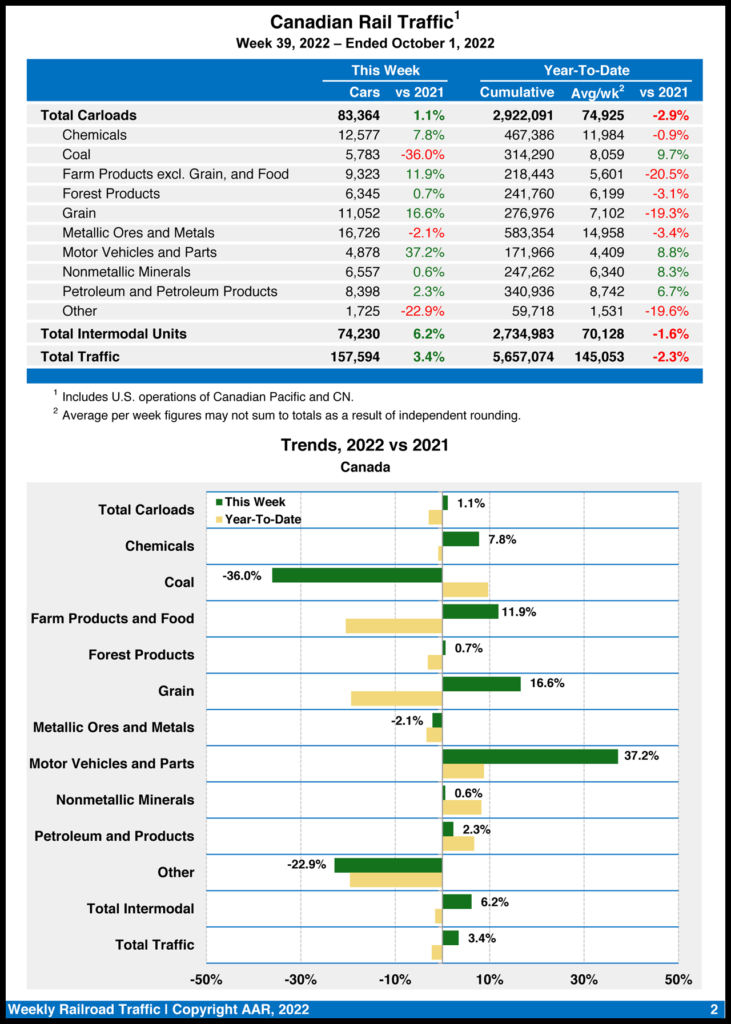
Canadian railroads reported 83,364 carloads for the week ending Oct. 1, 2022, up 1.1%, and 74,230 intermodal units, up 6.2% from same week last year. For the first 39 weeks of 2022, they reported cumulative rail traffic volume of 5,657,074 carloads, containers and trailers, down 2.3%.
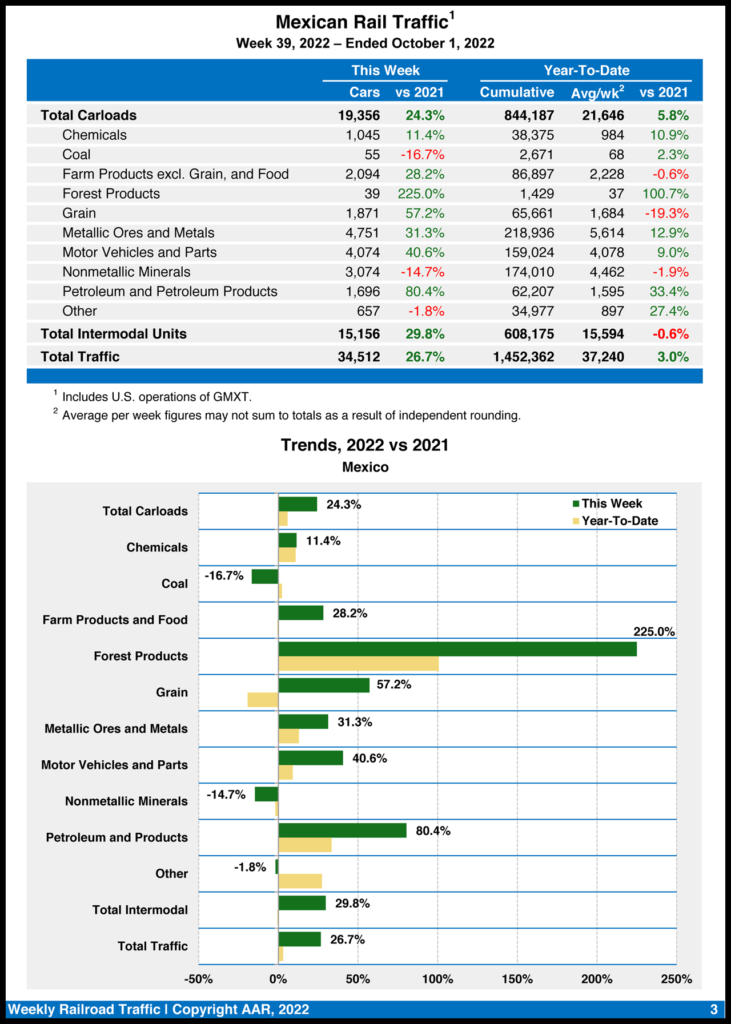
Mexican railroads reported 19,356 carloads for the week ending Oct. 1, 2022, gaining 24.3% compared with the same week last year, and 15,156 intermodal units, rising 29.8%. Their cumulative volume for the first 39 weeks of 2022 was 1,452,362 carloads and intermodal containers and trailers, up 3% from prior-year period.



